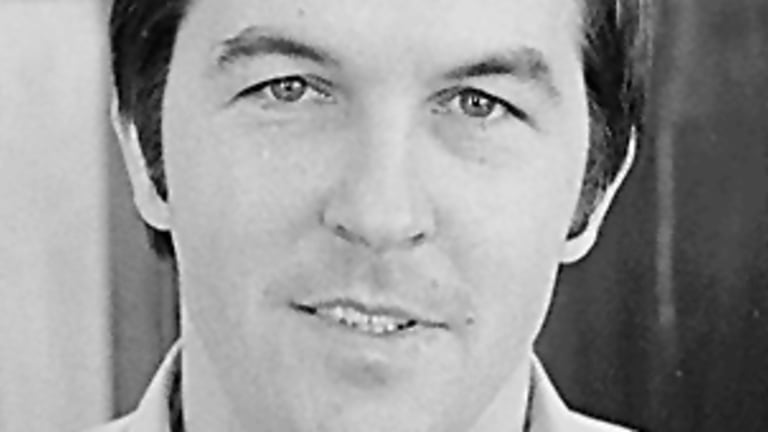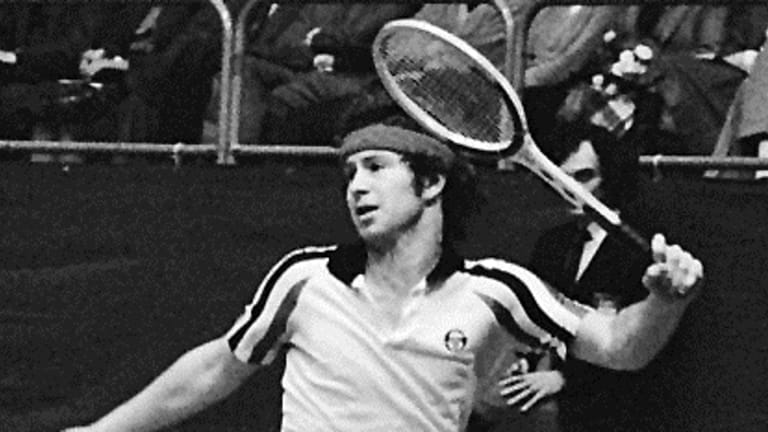In 1973, it looked as if men’s tennis finally belonged to its players. A professional union, the ATP, had been formed, and it had proven its seriousness and power by bringing 80 of its members together to boycott the world’s most important tournament, Wimbledon. It was only a matter of time, it seemed, before the tour, with the full backing of the players, would be running the show.
That’s not exactly how it worked out. While the game’s amateur days would never return, the officials from that time spent much of the next 15 years regrouping and re-establishing their relevance. By the late ’80s, they had formed a Grand Slam Committee, revamped each of the traditional major championships and made them more lucrative and prestigious than ever.
Another traditional event, Davis Cup, had been successfully reorganized into a World Group in 1981. Beyond that, the old guard had continued to share leadership duties with the players in the game’s governing body, the Men’s Tennis Council. During this period, Philippe Chatrier, head of the French Tennis Federation, was head of the council and the de facto head of the sport.
By the 1988 U.S. Open, the players had had enough: They wanted, finally, the power that had seemed to be theirs for the taking in the 1970s. They wanted to run their own tour. With Hamilton Jordan, President Jimmy Carter’s former chief of staff, leading the way, the ATP decided at the ’88 Open to announce that the players would go their own way at the start of 1990. (It was too late to put together an entirely new schedule for the following season.) At first, the Open’s officials—descendants of the amateur guard—refused to let the players use the most logical place for the announcement: the interview room on the grounds. So Jordan led his troop off the grounds.

